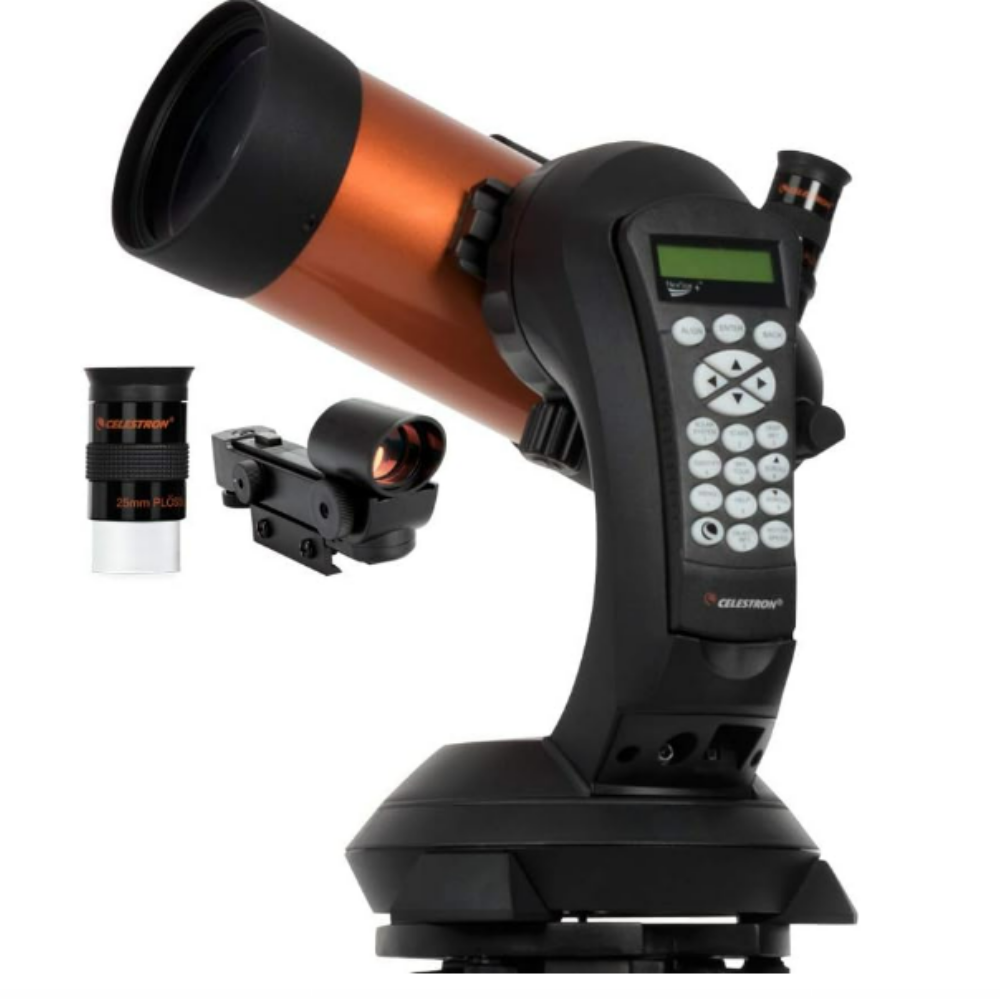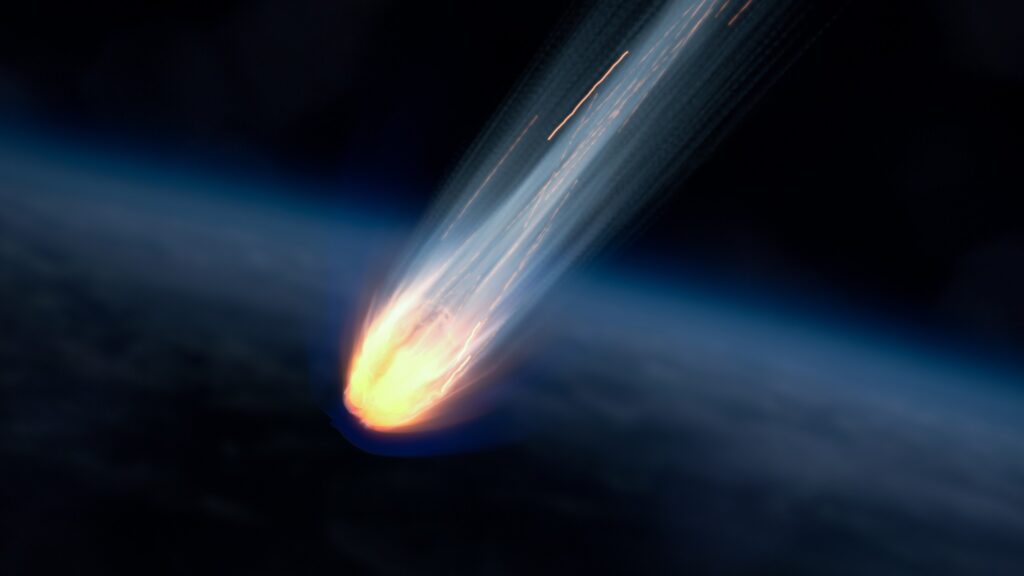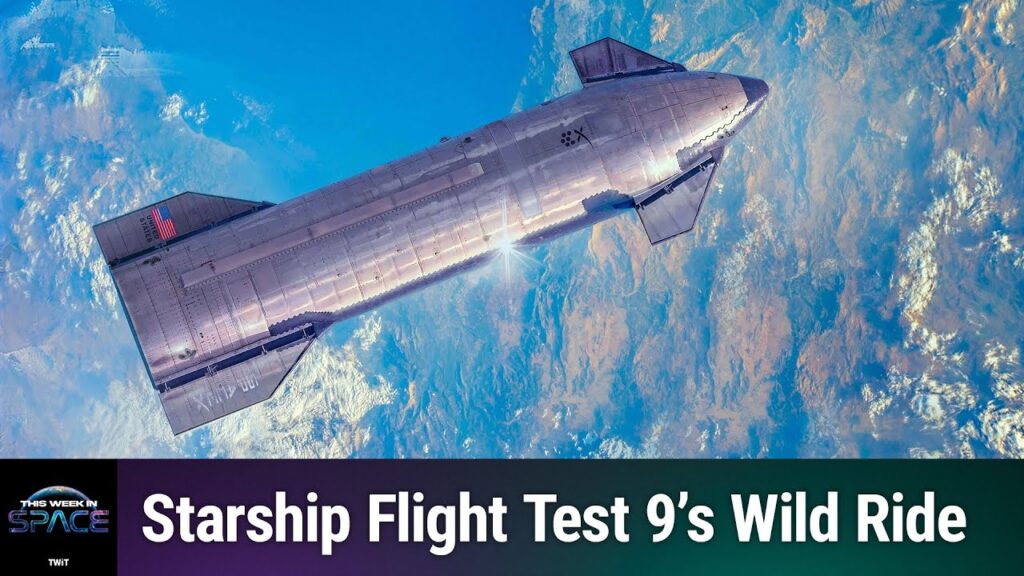This week in 1973, the first crewed Skylab mission launched aboard a Saturn IB from NASA’s Kennedy Space Center. Astronauts Charles Conrad, Paul Weitz and Joseph Kerwin docked with Skylab on the fifth orbit. The crew conducted solar astronomy, Earth resources experiments, medical studies and five experiments, and performed three spacewalks. They doubled the previous length of time in space over the course of their 28-day mission. Here, the Skylab Orbital Workshop is seen as the crew departs and performs the final fly-around inspection. Today, the Payload Operations Integration Center at NASA’s Marshall Space Flight Center serves as “science central” for the International Space Station, working 24/7, 365 days a year in support of the orbiting laboratory’s science experiments. After 20 years of continuous human presence, the space station remains the sole space-based proving ground and stepping stone toward achieving the goals of the Artemis program. The NASA History Program is responsible for generating, disseminating and preserving NASA’s remarkable history and providing a comprehensive understanding of the institutional, cultural, social, political, economic, technological and scientific aspects of NASA’s activities in aeronautics and space. For more pictures like this one and to connect to NASA’s history, visit the Marshall History Program’s webpage. (NASA)
Related posts
-

Venus is at its farthest from the sun on June 1: Here’s how to see the bright ‘morning star’ this weekend
Venus reaches its point of greatest western elongation on June 1, at which time the dazzling... -

Watch a brilliant ‘fireball’ meteor explode over China on May 28 (video)
Residents of Maoming, China were treated to a celestial light show earlier this week when a... -

This Week In Space podcast: Episode 163 — The Trials of Starship
The Trials of Starship – Starship Flight Test 9 – YouTube Watch On On Episode 163...